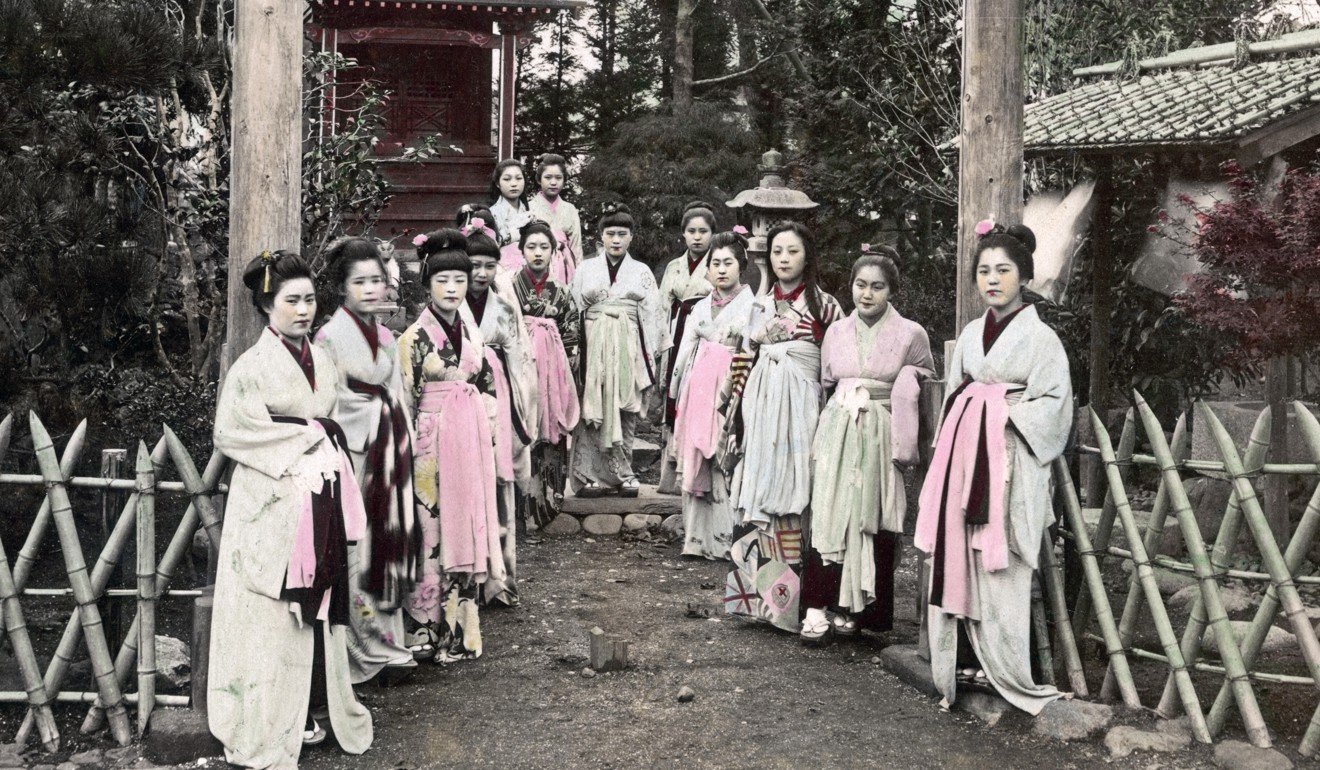
Sex toys in Hong Kong: prudish city’s kinky contradiction
Hong Kong, where vibrators are openly advertised, has always had a contradictory relationship with the business of pleasure, an industry led by Japan
In light of Hong Kong society’s prudish conservatism, the ready availability of sex toys across the city offers an intriguing contradiction. Poster advertisements in MTR stations for pocket-sized sonic clitoral stimulators, available at pharmacy chain stores, piqued this writer’s curiosity. Perhaps their high-pitched nature explains why my neighbour’s dogs intermittently go berserk at quiet times of the afternoon, when the domestic coast is clear and a nice cup of tea just won’t do.
In the pre-war years, most sex toys available in East Asia were produced in Japan. Traditional Japanese attitudes – that sex was a normal bodily function, much like eating, bathing, sleeping or going to the lavatory – meant items that enhanced the pleasure of the experience were an equally routine part of everyday life. Since its 16th- and 17th-century connections with the West, via Portuguese and Dutch merchant-adventurers, Japan’s attitudes to sexual matters were intermittently documented.

After the Meiji Restoration, in 1868, and the large-scale emigration of Japanese to many parts of Asia that followed, these aspects became more widely remarked upon. In particular, from the 1870s until the 1940s, Japanese female sex workers were a noted feature of life from Shanghai to Surabaya, and the tools of their trade included objects, such as artificial penises, or dildos, designed to enhance or prolong sexual pleasure.
Size, as ever with these items, was more a reflection of individual fantasy than plausible physical reality. Some models were apparently gravity defying, and certainly would be in the flesh without an extremely healthy circulatory system to back them up. For some users, the whole point of these articles was, well, the point; others required something more well-rounded and, um, nuanced. Every possible taste was catered for.

Early Japanese dildos were made from finely polished, close-grained woods such as ebony; random splinters or cuts, especially in pre-antibiotic days, were potentially fatal. Other models were made of ivory, porcelain or moulded glass, and were prone to breakage. After vulcanised rubber was invented in the mid-19th century, and manufacturing processes improved in subsequent decades, various sex aids, as well as early barrier-method contraceptives, were produced from the material. By the early 20th century, these were commonplace. But like all early vulcanised-rubber items, they eventually perished due to a combination of repeated washing in strong soap and prolonged exposure to the elements.
Singapore sex toy sales buzzing thanks to ‘healthy’ branding
Prototype plastics, such as celluloid, offered more pleasant-feeling alternatives to vulcanised rubber but these materials were cold to the touch, overly hard, flammable and prone to shattering if deployed vigorously. Between the 1950s and 80s, when Hong Kong had a significant plastics industry, sex toys formed a non-trivial portion of the local industrial output. Manually operated “jumping jack” extrusion machinery was universal; moulds inserted could produce anything from plastic flowers and doll’s heads to dildos. Post-war Hong Kong tourist guidebooks often included coded directions for discreet sex-toy purchases, usually from upstairs shops in a Wan Chai or Kowloon backstreet.

Less known today is the fact that, well into the mid-20th century, dildo use was occasionally recommended by Western doctors for treatment of what were then regarded as female-specific nervous complaints. “Hysteria” was a recognised medical phenomenon; research found that some women, who were chronically depressed, listless and lacking enthusiasm for life, or prone to bad-tempered emotional outbursts, were cured by a course of pelvic massages from electrical vibrators and machine-operated dildos. A few powerful orgasms achieved in the doctor’s office dispelled “hysteria” and helped enable – for a while – a better functioning psychological state.

